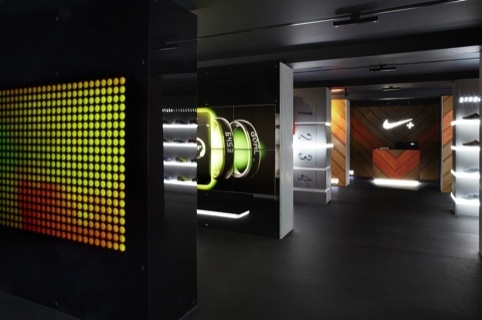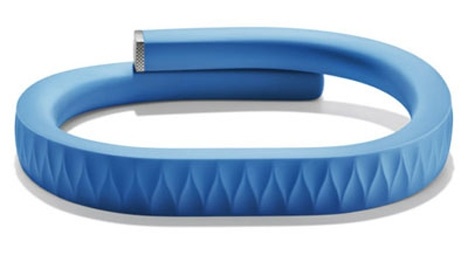How designers can help consumers look after their health
Fjord founder Mark Curtis looks at the opportunities and challenges of wearable health-monitoring technology.

With the advent of self-monitoring apps and wearable devices, the digital world is crossing a divide to become far more deeply embedded into our daily lives.
From our sleeping patterns and calorie intake to how many glasses of water we drink in a given day, advances in technology are enabling us to monitor multiple aspects of our physical and emotional form.
And yet we’re still only scratching the surface of where the self-monitoring trend, otherwise known as ‘quantified self’, might take us. By 2018, the global mobile health market is predicted to reach over $20 billion. And, within two years, 500 million of us are expected to be using health apps.
Having the power to crunch our own data is enabling us to take a far more active role over our own health and wellbeing. But, while data is one of the aspects driving and empowering the trend, it could also hold it back.
With digital apps now collecting real time data from multiple physical devices – FitBit, Jawbone Up and Nike Fuelband are just some examples – the amount of information being relayed to the cloud on just one individual is overwhelming. Providing users with masses of information in a simple and engaging way is the greatest challenge for mHealth. Data in isolation can be confusing and, after all, not all of us can call ourselves ‘data experts’, so effective design or data visualisation will become a critical aspect of this industry.
To this end, we’re likely to see growing demand for mobile applications that provide a wide range of measurable aspects in one place or hub. Simple digital services will need to be designed on top, that enable users to arrive at clear conclusions as to what the information generated means about them. The task of bridging the gap between ‘data’ and ‘insight’ should fall on service designers, who can effectively guide users through the onslaught of data, leaving them smarter and more self-empowered.

And, of course, when designing these new mobile applications, medical professionals must be taken into account as well. While there has been a substantial increase in health apps and wearable devices for the consumer sector, their penetration into the health services is moving much slower.
This is surprising when you consider the obvious benefits mHealth could bring. Self-monitoring apps and wearables have the potential to make healthcare far more efficient by speeding diagnosis, improving patient monitoring and reducing unnecessary visits to a doctor or hospital.
The NHS is now prompting people to take control of their own health through its annual Self Care Week, which takes place each November. As health apps and wearables become more sophisticated, they are allowing us to do just that. Here, the adage that the patient is the most underused resource in medicine stands true.
By communicating information in a language both patients and medical professionals can understand, the tipping point will emerge that moves the ‘quantified self’ from a niche concept to an integrated part of the mainstream.
It will be up to service designers to build experiences that don’t cause friction, distraction or discouragement and, ultimately, spur the development of digital habits. Much like our ancestors had to integrate the toothbrush into their daily routine, the same will be true of self-monitoring technology.
Mark Curtis is founder and chief client officer of Fjord.
-
Post a comment




